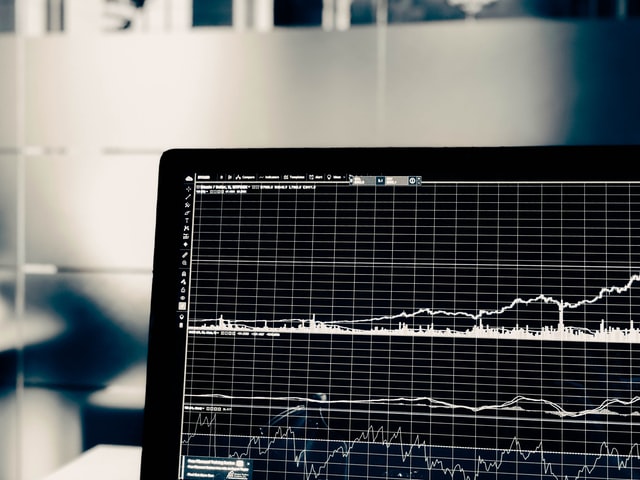There are different investing and trading instruments available today, and one of which is digital assets. Digital assets have proven to be resilient during different economic clients. When growing this type of asset, investors and traders can employ different types of strategies, including arbitrage and algorithmic trading.
When economies are on a downtrend, it may seem like it is not proper to grow an asset or a portfolio. But with the right investment and trading strategies, one can quickly increase their chances of gaining in these economic times and grow their assets. For example, arbitrage trading relies on price discrepancies rather than the economic market. This strategy is used on different instruments, including commodities, foreign exchange, and most of all, digital assets and currencies.
Arbitrage trading in digital assets
Historically, arbitrage trading has been used to grow an asset. It has also been proven to be a sustainable strategy during times of volatility. Unlike other techniques that require holding on to certain investments for long periods for growth, arbitrage does not require any long-term commitment, which can affect liquidity and increase investment and trading risks.
According to Finance, a book by Philip H. Dybvig and Stephen A. Ross, “an arbitrage opportunity is an investment strategy that guarantees a positive payoff in some contingency with no possibility of a negative payoff and with no net investment. By assumption, it is possible to run the arbitrage possibility at an arbitrary scale; in other words, an arbitrage opportunity represents a money pump.”
These contingencies are available in all markets, but there are even more opportunities available in digital assets, which tend to be highly volatile compared to traditional instruments. With over 500 unique digital asset exchanges, there is much room for arbitrage opportunities as there can be many discrepancies in pricing. Therefore, you can easily arbitrage with digital assets.
Profitability in algorithmic trading
For new traders, finding the right investment and trading asset can be challenging, especially there are different types available in the market. From traditional to alternative instruments, choosing the right one can be critical in growing one’s portfolio. While traditional ones, including stocks, are some of the oldest investment and trading instruments, alternative ones such as digital assets are now deemed more profitable with arbitrage trading.
While arbitrage trading seems like a simple trading strategy, it actually requires time, knowledge, and proper technology. This is because it is a time-consuming process, and humans might not be quick enough to spot such opportunities. Thankfully, algorithmic trading can be used to catch these arbitrage contingencies.
Algorithmic trading is a type of strategy that uses algorithms and artificial intelligence to make arbitrage trading more accessible to both novice and advanced traders and investors. It is programmed to spot arbitrage opportunities that no human can do in split seconds. That’s why using this type of trading can increase profitability, mostly when used in digital assets.
“Automated arbitrage trading platforms use algorithmic trading, which can help reduce risks and increase profitability without much involvement from the investor or trader. These platforms instantaneously initiate trades for their clients once the system spots arbitrage opportunities, securing their profitability. These systems also consider the exchange fees,” says Dr Thomas Jefferson, CEO of Everest Holdings, a digital asset management company.
Aside from the benefits it provides to traders and investors, arbitrage trading also affects the current market situation.
Arbitrage trading helps market inefficiencies
Arbitrage trading may simply be a strategy used by investors and traders to grow their portfolios through pricing gaps. It is also a clear indication of market inefficiencies. Arbitrage trading can help improve these market conditions. According to different studies, arbitrage equilibrates the market by finding these pricing differences and closing the gap by initiating trades. This can also enhance the overall market liquidity.
“[I]ncrease in arbitrage activity is associated with a reduction in market order imbalance and an improvement in liquidity. Overall, these findings indicate that arbitrageurs tend to trade against market order imbalance and thus enhance market integration and liquidity,” says Dominik Rösch, a researcher at State University New York-Buffalo, in a research seminar series.
Bottomline
Arbitrage trading is not an exactly new strategy and has been used even before using digital assets. With the use of technology such as algorithms and artificial intelligence, arbitrage can now be a viable strategy that can help increase the profitability of different asset classes, whether traditional or alternative. It is also encouraged to use since this strategy can help with market inefficiencies.

